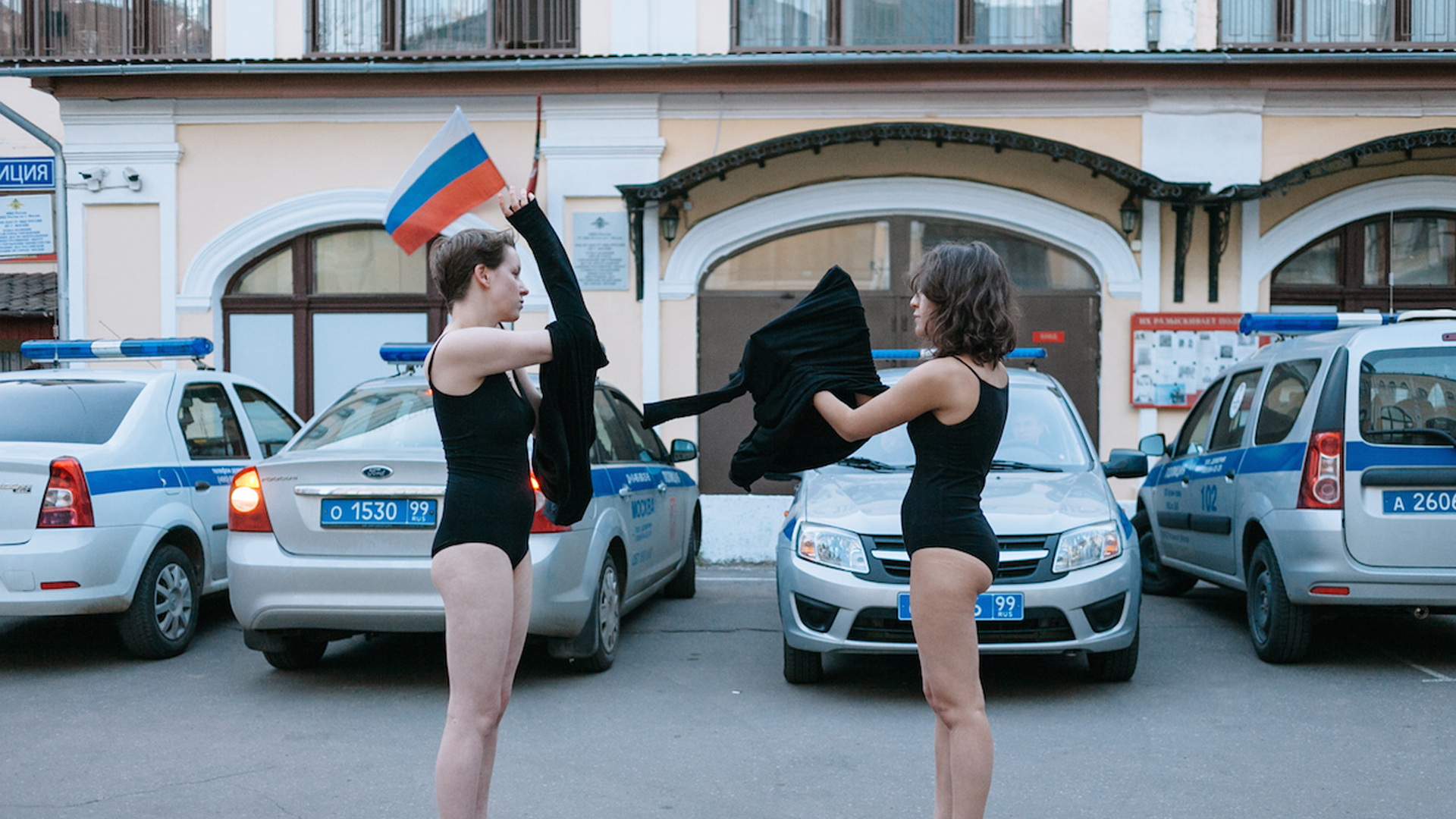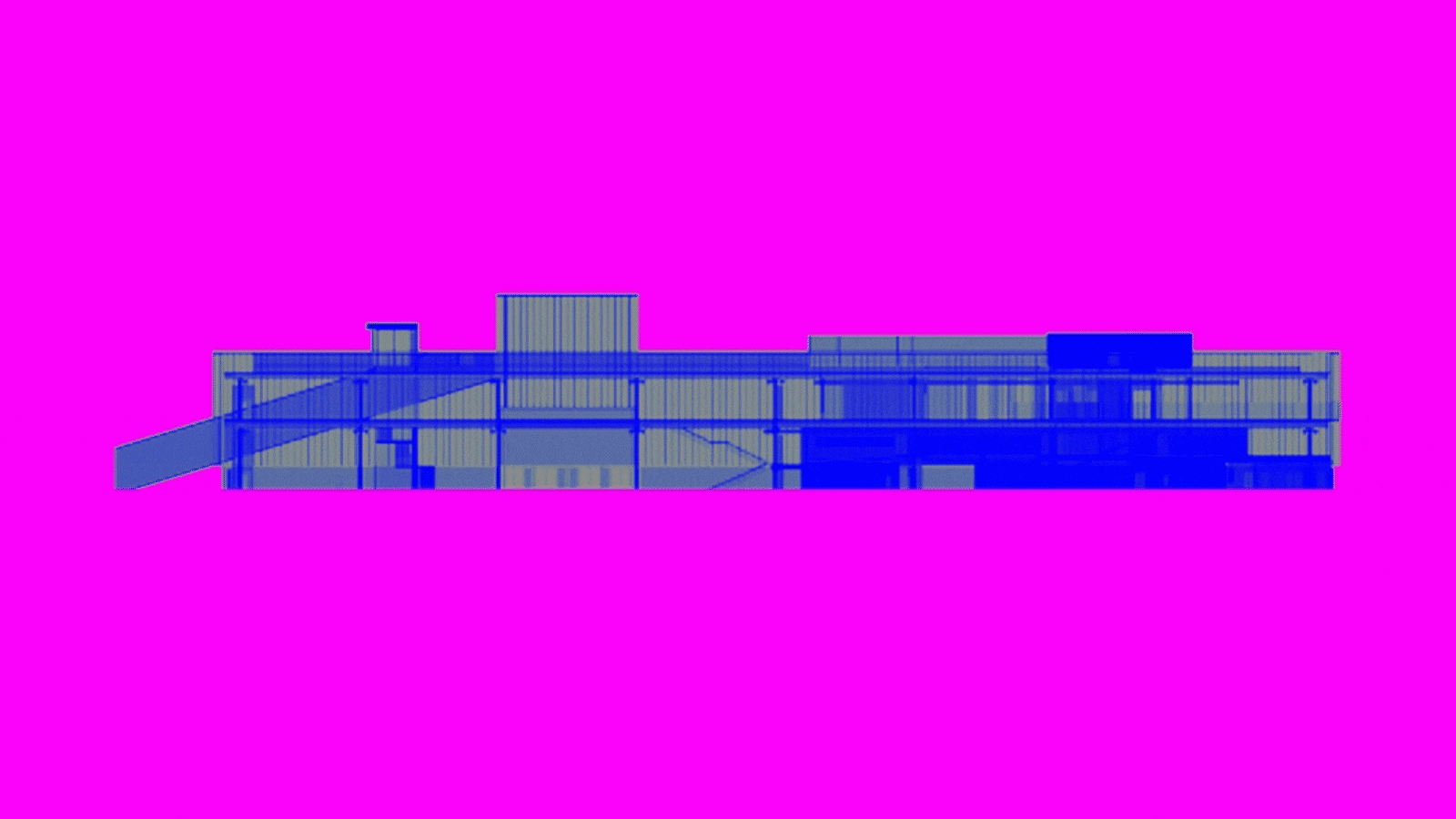5 Russian media artists rethinking our relationship with the spaces we live in
It might come as a surprise to some that Ars Electronica Festival, arguably the most important event in the world of media art, goes as far back as 1979. Founded in Linz, Austria by a group of musicians and scientists, the festival has continued to steadily grow ever since, and in 2020 it went global for the first time due to the pandemic. This year, the festival’s theme is A New Digital Deal, and it is taking place in over 80 locations around the world. In Russia, there are four curatorial projects taking part in the festival. The Calvert Journal visited one of them, the St Petersburg-based Grounding.
Organised by the Art & Science Centre of ITMO University, the exhibition is split between two venues: the sleek modern space of the AIR Gallery and the imposing 19th-century building of the Dokuchaev Central Soil Museum. At first glance, these spaces could not be more different, but such is the genius of the exhibition that seemingly different phenomena and aesthetics suddenly prove to share roots. That, after all, is the theme of the show: grounding as establishing a spiritual, political, or simply electrical connection with the ground. The show seeks to find the common ground we all share, metaphorically and literally, and exploring the soil that we walk on every day. We have chosen our highlights from the exhibition — five installations which reflect on pressing questions in the age of environmental crises and technological innovation.
masharu. Museum of Edible Earth (2012-ongoing)
In their long-running project Museum of Edible Earth, Moscow-born and Amsterdam-based artist masharu studies the phenomenon of geophagy: eating earth and earth-like substances, such as clay or chalk, which is an ancient spiritual and healing practice in several countries around the world. Since 2012, masharu has been travelling the globe and collecting samples for their interactive Museum, and now viewers have a chance to taste the edible earth from more than 30 countries. But the project offers much more than a snack: masharu explores the history of this tradition, its benefits and dangers, as well as sources of edible earth and its distribution channels around the world. In gathering this data, they also raise more fundamental questions about our preconceptions about food, cultural traditions, and interactions with the natural world. The project has won the Prix Ars Electronica 2021 (Award of Distinction in the Artificial Intelligence & Life Art category).
Julia Vergazova and Nikolay Ulyanov, Sole Soil (2021)
In Sole Soil, Julia Vergazova and Nikolay Ulyanov draw inspiration from the Gaia hypothesis developed by James E. Lovelock and Lynn Margulis, which sees Earth as a single self-regulating organism. In the spirit of the exhibition, the Germany-based duo focuses on the soil layer of this complex system: inhabited by collaborating communities of bacteria, mushrooms, and plants, this layer is crucially important for the existence of the rest of the life-forms on Earth. The project suggests a radical rethinking of our relationship with it, moving from the current extractive and exploiting mode to the mode of care. One way to do it would be through the soles of our shoes — specifically, of trainers, which are so fetishised by fashion today. The new, caring trainers would have soles that could help with such problems as erosion, aeolation, and desertification of the specific types of soil.
Evgenia Tarasova, Digitocene (2021)
Encased in glass, like a soil monolith of sorts, is some optic fibre — the physical part of the Internet that we imagine to be something immaterial. With this, St Petersburg-based artist Evgenia Tarasova reminds us that what we call “the cloud” actually exists in a tangible form, as cables running under the ground. On its own, the fibre glows and breathes, but it really comes to life when you communicate with it. The object has its own Telegram channel, where the viewer can ask it anything. In response, the optic fibre starts to shine and move — the reaction to the question is visible but unclear, as if talking to an oracle. In the end, what you’ll see here is your own reflection in the mirror placed behind the optic fibre.
Ksenia Ruban, Lost Connection (2021)
St Petersburg-based Ksenia Ruban also turns to the shape of a soil monolith in her work, but interprets it in a completely different way. Lost Connection deals with the looming perspective of a new global extinction, and between denial and acceptance of that grim future, the artist chooses acceptance. She embraces it all, even the very materials that are contributing to climate change — in fact, she uses the adverse characteristics of plastic to her advantage. Here, it is used to preserve and archive the artefacts about the artist — the bacteria that live in her body. The work illustrates the paradoxes of the age that we live in: the single-use plastics we discard so easily are bound to outlive us in the end, while we lose our connection with nature and soil.
Olesya Ilenok, SCAPE (2021)
Although Olesya Ilenok hails from Yekaterinburg, in this project she focuses on the landscape of Vladivostok—specifically, of Russky Island. Here, the soil is affected by typhoons and tides, and is unique in its composition. Out of clay and objects found in this rich soil, Ilenok creates a sculpture that recreates the soundscape of Vladivostok. At the centre of the soundscape she places local nature: the sea, the wind, and the ground. By mixing ceramics with electronics, the artist captures the spirit of this remote region of Russia and shares it with the viewers.
The Grounding exhibition is curated by Viktoria Gopka, Anna Kaplan, and Grigoriy Kirgizov. It will run from 8 September to 18 October at the Dokuchaev Central Soil Museum and from 8 September to 31 October at AIR Gallery, St Petersburg.


